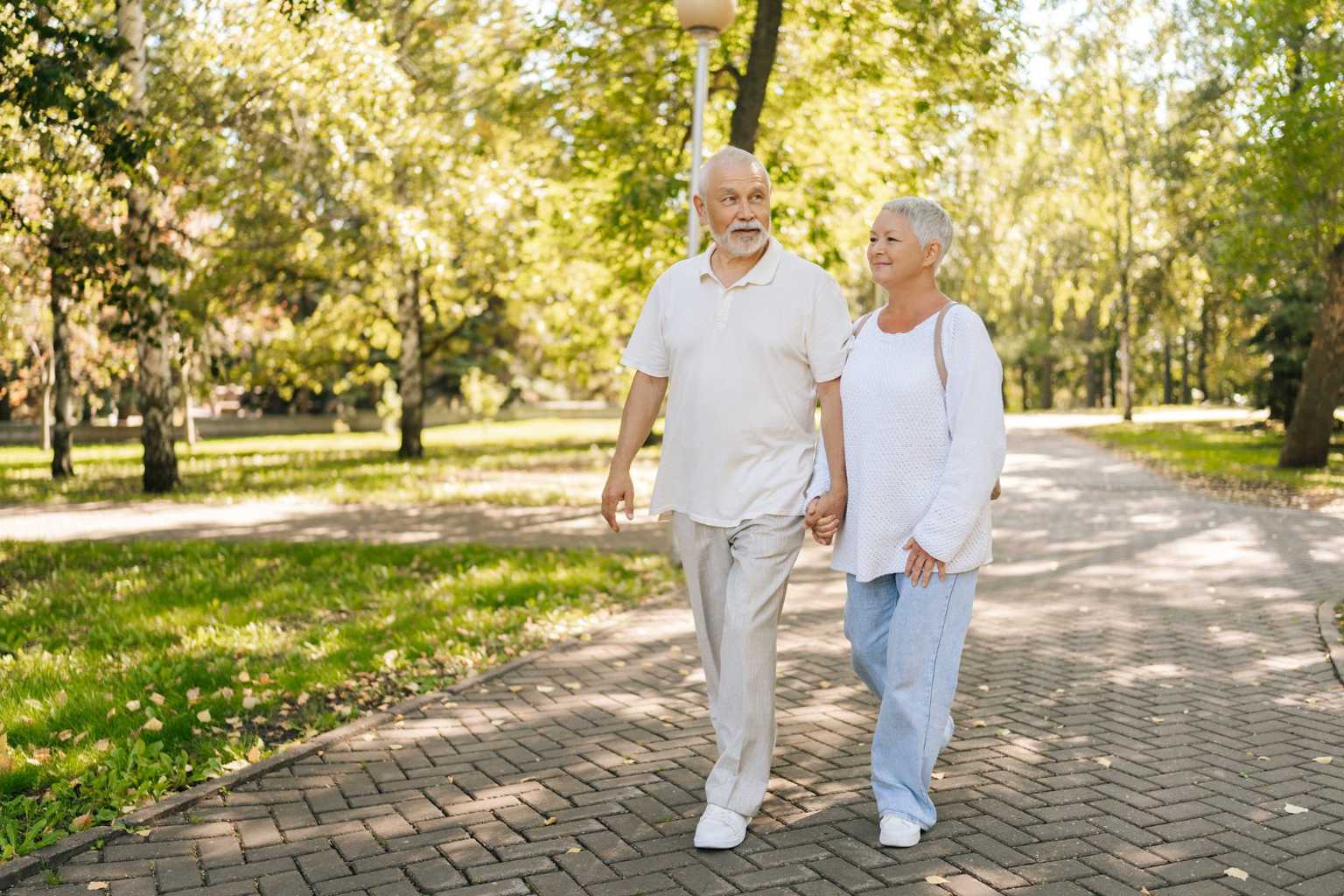A simple shift in how you walk could transform the physical health of older adults, according to new research. Imagine boosting your daily wellbeing just by stepping a little faster—this small change might be all it takes to reclaim mobility and independence.
A clinical trial in Chicago reveals that increasing your walking pace—even by a modest amount—has powerful benefits for those over 60 dealing with physical frailty.
Why walking cadence matters for older adults’ physical health
Frailty in older adults often presents as muscle weakness, slow movement, chronic fatigue, and decreased activity. For many seniors, these symptoms limit day-to-day tasks and threaten independence. Walking is one of the most accessible forms of exercise, yet until recently, experts weren’t sure how much speed mattered.
This new study, published in PLOS ONE, examined 102 adults age 60 and above in Chicago, all classified as frail or pre-frail. Each could walk at least 10 feet, sometimes with assistance. Researchers divided participants into two groups: one walked at a relaxed tempo while the other walked briskly, both completing three 30-minute sessions weekly. Their progress was carefully tracked using accelerometers attached to their thighs.
The group that increased their walking cadence from an average of 87 steps per minute to 100 saw the most significant improvements. The slower group remained around 76 steps per minute and experienced fewer benefits. More than 65% of the brisk-walking group bettered their distance in a six-minute walking test by a meaningful margin, compared to 39% in the slower group.
Interestingly, the study highlighted that it wasn’t about hitting a specific speed, but increasing your usual pace by roughly 14 steps per minute. This boost alone made a clinically relevant difference, proving that a small adjustment in walking rhythm can have a big impact.
How boosting walking speed improves mobility and daily life
Walking faster isn’t just about speed; it translates into greater endurance and independence. Many older adults struggle to carry out routine activities like grocery shopping or climbing stairs. This study paired brisk walking with light exercises like step-ups and carrying light weights, creating a balanced and adaptable program for seniors.
The results were clear: those who elevated their walking intensity improved their ability to function daily with less reliance on others. Researchers propose that walking cadence serves as a simple, objective marker to track activity level and guide exercise intensity.
The World Health Organization (WHO) supports this, emphasizing that regular physical activity lowers risks of heart disease, stroke, diabetes, several cancers, and falls. It also lifts mood, sharpens cognition, and enhances sleep quality—all vital for healthy aging.
From personal experience, I remember encouraging my grandmother to quicken her pace on our daily walks. Though hesitant at first, the slight increase led to noticeable gains in her energy and confidence. This study echoes that real-life truth: little changes in movement can spark meaningful health benefits.
The impact of sedentarism and why movement counts
Unfortunately, sedentarism still dominates many lives today. With more people relying on cars and devices for work and leisure, sitting or lying down for extended periods has become the norm, especially for older adults.
According to the WHO, this lifestyle is linked to higher death rates and increased incidence of cardiovascular disease, cancer, and diabetes. That’s why research highlighting simple steps to increase activity matters so much. Walking faster doesn’t need fancy equipment or expensive gym memberships—just a bit of effort to step up your pace.
Do you notice a difference when you move briskly? Could you challenge yourself to add a handful of extra steps each minute when you walk? Share your stories and thoughts below—let’s motivate one another toward a more active and vibrant life.
Sources:
https://journals.plos.org/plosone/article?id=10.1371/journal.pone.0273557
https://www.who.int/news-room/fact-sheets/detail/physical-activity
